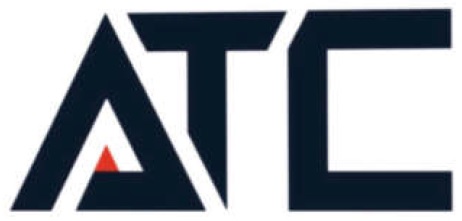
WHAT IS AN ELECTRIC ACTUATOR?
An electric actuator is a drive device that provides linear or rotary motion. It uses certain driving energy and works under the action of a certain control signal. Actuators use liquid, gas, electricity, or other energy sources and convert them into drive-through motors, cylinders, or other devices. The basic types are Part-Turn, Multi-Turn, and Linear.
An electric actuator is also called a valve electric device, which is the name in different industries. In the industrial pipeline valve industry, it is called a valve electric device, and in the instrument industry, it is called an electric actuator.
An electric actuator refers to an actuator that uses electricity as energy in the control system. It can accept the electrical signal of the regulating instrument and other equipment, and then change the manipulation amount according to the size of the signal so that the material amount of energy change of the input or output control object can be automatically adjusted. In industrial production, electric control valves are the most widely used.
SMART LINEAR ELECTRIC ACTUATOR
Smart linear electric actuator with the dislocation of linear output. The quality of this actuator is high, the precision material and design are stable, durable and safe, the application environment is broad, similar to all types of valve, ball valves like control, butterfly.
ROTARY ELECTRIC CUT OFF ACTUATOR
Rotary electric cut off actuator allows the integrated standard signal and alters the signal into equivalent angular displacement, so as to mechanically control the valve and achieve the automatic modification task. In the automatic change, the physical, mechanical and bi-directional intrusion free controlling of the regulating system can be recognized. It comprises two parts, namely actuator, and servo amplifier. It can be controlled rapidly or physically at a distance.
LINEAR ELECTRIC CUT OFF ACTUATOR
Linear electric cut off actuator is available with two sorts of power supply model such as AC single-phase power supply & three-phase AC power supply. The latest electric actuator is established from the regulator control signal to attain a prearranged linear reciprocating motion. This sequence of electric actuators is employed as the regulating valve actuator, almost with the control valve itself needs a range of action change function, and the opening of the electric actuator valve signal function and physical function. Thus, it is extensively used in various industries like power generation, metallurgical, papermaking, petrochemical, environmental protection and light industries.
ROTARY ECLECTRIC REGULATING TYPE ACTUATOR
This type of actuator is a full electronic actuator gets 4mA to 20mA d.c or 1V to 5Vd.c input signals from the PC, operator or regulator to work with 220V AC single phase power supply like the driving power supply, and is offered with a servo system. An extra servo amplifier is not necessary. The input component “controller” accepts the complex mixed integrated circuits, and is hardened by resin pouring & topic to aging behavior, thus being high inconsistency and opposing to vibration and moisture. When the base and crank is accepted for fitting, the location of the crank zero end can be determined randomly within 0-360℃. In addition, the electrical actuator has the overload, temperature, and torque switch safeties, is high in control precision, product high inconsistency and competent of figuring the angular travel electric regulating valve with a variety of angular travel changeable mechanisms.
ADVANTAGES AND DISADVANTAGES OF ELECTRIC ACTUATOR
The main advantages of electric actuator:
They are high stability and constant thrust that can be applied by users. The thrust generated by the maximum actuator can be as high as 225000kgf. Only hydraulic actuator can achieve this thrust, but the cost of hydraulic actuator is much higher than that of electric actuator.
The anti deviation ability of the electric actuator is very good, and the output thrust or torque is basically constant, which can overcome the unbalanced force of the medium and achieve the accurate control of process parameters, so the control accuracy is higher than that of pneumatic actuator. If equipped with a servo amplifier, it is easy to realize the exchange of positive and negative effects, and also can easily set the off signal valve position state (hold / full open/full close). When the fault occurs, it must stay in the original position, which is impossible for the pneumatic actuator. The pneumatic actuator must rely on a set of combined protection systems to realize the position protection.
The main disadvantages of electric actuator are as follows:
The structure is more complex, more prone to failure, and due to its complexity, the technical requirements for on-site maintenance personnel are relatively higher; the motor operation needs to generate heat, if the adjustment is too frequent, it is easy to cause the motor overheating, produce thermal protection, and also increase the wear of the reducer gear; in addition, the operation is slow, from the regulator output a signal to the control valve response It takes a long time to move to the corresponding position, which is not as good as pneumatic and hydraulic actuators.
